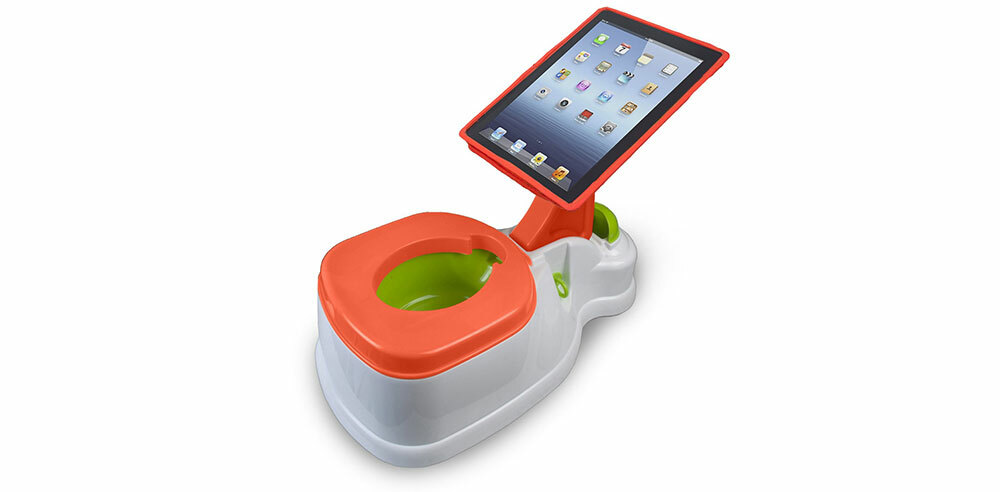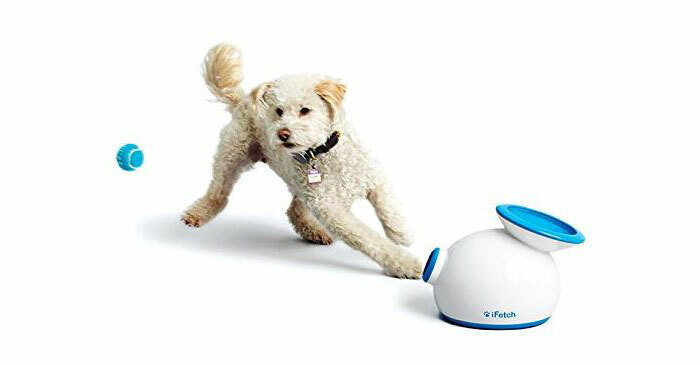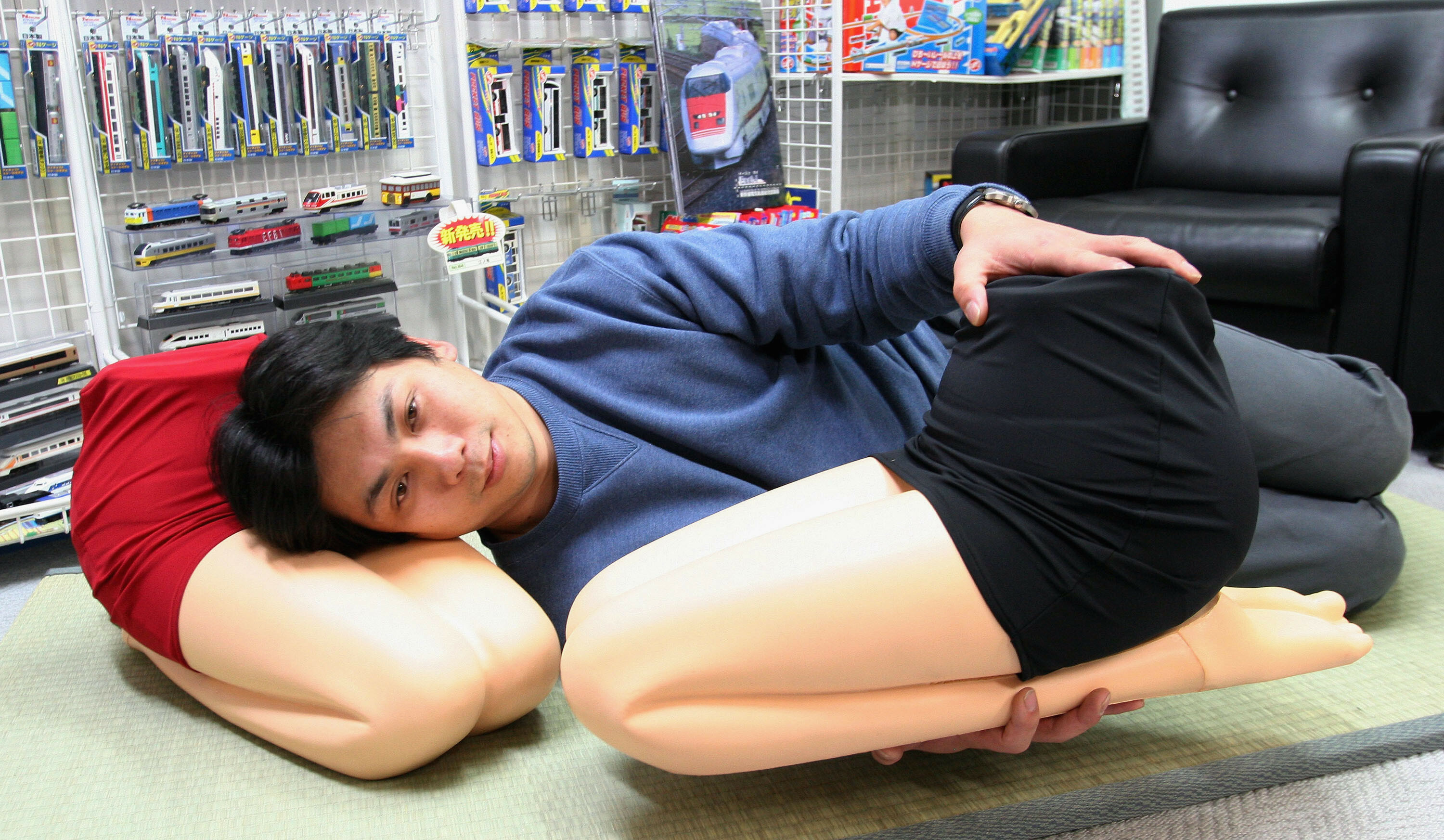9 product design nightmares
Join us on a journey into the useless, the disturbing, and the downright wrong

At Stuff we’re dedicated to probing the darkest crevaces of invention to bring you innovative things, impressive things, delightful things, but the process of bringing them to you isn’t always as pretty as the end result.
In fact, more often than we like to admit, our search leads us to uncover ideas originating from the shallow end of the gene pool. Somehow, through mechanisms mystical or unknown, these ideas have become real-life-actual products.
Fortunately, sifting silt from precious stone has given the Stuff collective mind a great eye for what not to do when making awesome things. Cue list of things coupled with terrifying examples. This isn’t stuff, this is anti-stuff, and boy is it scary.
1) Those things shouldn’t mix
There’s nothing worse than a product with an appended feature that simply doesn’t belong. Swiss army knives might benefit from functionality kleptomania, but they’re definitely the exception rather than the rule.
Our first entry is an abomination that brings together two things that should, by nature’s sacred laws, be kept forever separate: iPads and poop.

Meet the iPotty (£29.99), the most effective tool for allowing your toddler to play Candy Crush and defecate at the same time. Issue of hygeine aside, we’re simply unconvinced that a potty should do anything more than let Bam Bam go boo boo.
Though try telling that to Sega, who in 2012 also flushed simplicty down the pan [tired joke – ed] with the Toylet, an interative urinal which allows the subject to play a series of games using their pee. No joke.
No wonder the games publisher is experiencing such giddy financial success. *Ahem*.
2) Pointless wheels
Mobility is a must for most modern tech: offices are now reconfigurable (see the Valve Employee Handbook), word processors fit in our pockets and we can work from anywhere we see fit.
Almost none of this, can we add, is thanks to the addition of wheels to our word processors, wheels to our networking equipment, or wheels to our office chairs. OK, maybe the last one, but most equipment doesn’t need wheels to be mobile.
Now meet the Double Robotic Telepresence Robot (RobotShop US$2,499), a teleconferencing system which takes one of the most mobile device classes, the tablet, and allows it to ‘go anywhere’ with wheels.
Who needs the versatility of a lightweight, portable screen when you can attach it to a wheel-laden stand and make it uber portable?
3) Attack of the Uncanny Valley
Non-physical products are equally guilty of making mis-steps. As films and videogames continue their stride toward photorealism, we’re seeing more and more of them slide, unintentionally, into the alienating trench of the uncanny valley.
Fancy hair physics, stunning skin textures and pixel shaders on your pixel shaders will do nothing to save your protagonist from audience alienation if they look like a talking wax-sculpture.
You probably don’t remember the rather unexceptional Medal of Honor: Warfighter (£3.67) – it was universally panned by critics. One of its many, many flaws included CGI characters guaranteed to give every person young and older than its PEGI rating nightmares. THE HORROR! THE HORROR!
Of course, the world of creepy is by no means limited to visual media; robitics has created more than its fair share of nightmare fuel. More often than not it’s jerky facial expressions and lifeless eyes that give us the creeps, but as this headless humanoid robot by robotics company Boston Dynamics displays perfectly, even the way a machine moves can bring you Sarah Connor levels of technophobia. It’s an incredibly impressive machine, but we’re keeping minimum safe distance for the moment for the sake of our mental health.
If that wasn’t creepy enough for you, try watching the Petman robot strut its stuff in a gas mask and overalls for an added layer of terror.
4) Animal antics
Pets make asses of us all in the end. Never is this more true than in the trash we purchase to make them happy. Very few products actually enhance the lives of our furry friends and even worse some of them make us wonder why the potential buyers bought animals in the first place.

And so we come to the cateogory of products aimed at animal lovers. If indeed you’ve become bored of your pooch and these days just want to ignore it, why not invest in an iFetch (£123.99). Rather than expending energy on tiresomely bonding with your animal companion by playing ball games, just pop this machine on the floor and let it do the bonding for you. Now all that remains is to put granny in a home and send the children to boarding school and never again will you have to care for another living thing. You monster.
And so we move from a moderately effective animal entertainment tool to an utterly embarassing one which never saw the light of day. Droppi aimed to keep your pet entertained at home by, you guessed it, dropping things. We wish we could have been a fly on the wall for this eureka moment. Needless to say the Kickstarter project only raised a tiny fraction of its barking mad funding target.
5) Pretending to be fun
The world is not a fair place – this is fact. Sometimes life will be an unpleasant grind which you won’t enjoy because that’s just how it is.
The world of products has forgotten this basic axiom. According to it, sanitary towels aren’t an awkward necessity, they’re the fun thing that help you skydive! Too many ideas scream Tina Turner on the outside when they’re actually Theresa May on the inside, and it makes us hate them. A lot.
Which leads us to one such malicious deciever, the HAPIfork. HAPIfork is an eating aid which monitors the rate at which you’re guzzling food and tells you if you’re eating too quickly, as well as providing charts and graphs so you can obsessively mointor the time interval between forkfuls.
It sounds about as much fun as a date with a tax return, but watch the video – everyone seems absolutely overjoyed about a smarmy piece of cuterly telling them they can’t manage one of the simplest bodily processes alone. It even has the gall to suggest that you can ‘play with your family’ to see which one of you is indeed the most miserly with their rate of consumption. Never have dinner table metrics tasted sooooo gooooood!
6) Not knowing your stuff
Doing your homework is vital. You can’t expect your customers to have confidence in your product when you haven’t established its capabilities yourself, that would be madness. Or would it?
Welcome to the domain of crowdfunding, where the above sin is committed enough times to have half the world on their knees saying hail Marys for a month. Kickstarter and Indiegogo projects have blurred the lines between the world of the actual and potential by letting money-laden fleshbags spend cash on products that don’t actually yet exist. Some projects have the details all worked out, while others are… less clear.
Take the Cool Fat Burner on Indiegogo, a cross between a fridge and a beanbag (we think the Freenbag would be an altogether more appropriate name) which claims that it allows the wearer to lose the equivalent of an African elephant from their waistline without moving from sofa. The funding page itself describes the CFB as ‘the world’s first and only proven brown fat, calorie burning cooling vest.’ Notice the use of the word ‘proven’ as in ‘fact’ as in ‘known’.
Scroll further down the page and the use of the word ‘proven’ seems somewhat less prudent. The project is also asking for funds to conduct university studies into the effects of the Cool Fat Burner on the human metabolism, in spite of the fact that at the top of the page it tells backers that it ‘allows you to burn hundreds of calories an hour while you sit and lounge’.
Either someone needs an English lesson explaining what the word ‘proven’ means, or someone’s nose was growing longer with every press of the keyboard. We decline to suggest which one is more likely.
7) Trying to replace real thighs
Meet the Hizamakura Lap Pillow (US$75), where restful slumber meets pretty damned awkward. Back in the 2000s these lady leg simulators were all the rage and in the past few years they’ve experienced an unexpected resurgence in popularity. Maybe high-flying businessmen are simply fed up with their lot? Maybe the world is suffering an epidemic of varicose veins and lap pillows are a less unsighly alternative to real bipedry? We don’t think we’ll ever know for sure.

For those who are less upset by the idea of replacing humans with fabric, feast yourselves on this USB Heated Air Hug Pillow (US$55), which lets you have a snuggle without the irriations of another person’s snoring, breathing, or sexual advances.
8) Making laziness more difficult
It’s surprising how many items we come across that complicate things which should be simple, or even worse, make things harder rather than easier for the user. The lazy aren’t known for their abundant drive to get things done and certainly aren’t going to appreciate their item of convienience turning into an item of arduous exercise.

The Super Gorone desk (US$119) is the perfect example of this exact problem. We’ve all experienced moments when we’re so knackered that sitting in bed with a laptop seems the only option. The Gorone desk, in theory, wants to take that slovenly experience to the next level by allowing you to lie down with the laptop above you.
Only first you have to get it out, and then unpack it, and then strap your laptop to it, and then angle it upside down, and then undo all of that when you’re finished and want to sleep, and then go to the doctor’s surgery when the inevitable strain of holding your hands upward becomes too much for your arms to bear. Oh dear.
9) Complete and utter insanity
This one, of course, goes without saying, but we think you’d be surprised at the degree of madness pervading the world of things and their creators. While we appreciate the extent of their imagination and determination to express their thoughts through creative design, a creation that has clearly arisen from the dark recesses of an unhinged mind is probably better off staying there.
We don’t think that the above video of a device designed to transmit kisses over the internet requires any further explanation. Madness, utter madness.



